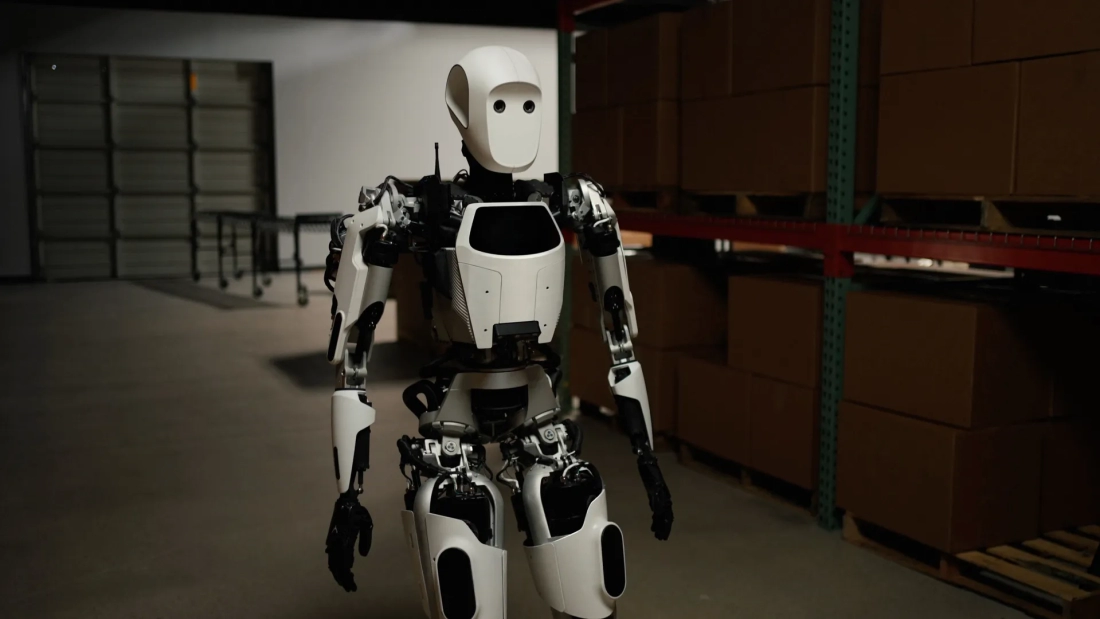Introduction
The journey of ISO 10218 began as a collaborative effort among international organizations to create a cohesive set of guidelines for robotic safety. Spearheaded by the International Organization for Standardization (ISO), this standard has been instrumental in shaping the safe use of robots in industrial settings. It has evolved over time, reflecting technological advancements and the growing complexity of robotic systems.
Scope of ISO 10218
ISO 10218 primarily focuses on two main areas:
Industrial Robots
This includes all types of robots used in manufacturing and industrial processes. The standard outlines safety requirements that these robots must meet to ensure they can operate without posing risks to human operators or other machinery.
Robotic Systems and Integration
This covers the broader aspect of integrating robots into automated systems. It addresses the safety protocols necessary for the seamless and safe integration of robots into existing workflows, ensuring that the entire system operates harmoniously.
Key Components of ISO 10218
ISO 10218 is divided into two parts, each addressing different aspects of robotic safety:
Part 1: Safety Requirements for Industrial Robots
This section focuses on the inherent safety of the robots themselves. It includes guidelines on the design, manufacturing, and operational safety of industrial robots.
Part 2: Safety Requirements for Robotic Systems and Integration
This part deals with the safety requirements for the integration and operation of robotic systems. It includes standards for the installation, maintenance, and overall operation of these systems to ensure ongoing safety and efficiency.
Safety Standards in ISO 10218-1
Design and Manufacturing Standards
ISO 10218-1 sets out stringent guidelines for the design and manufacturing of robots. These include ensuring that robots have built-in safety features such as emergency stop functions, protective coverings, and fail-safe mechanisms. The aim is to mitigate risks associated with mechanical failures or operational errors.
Operational Safety Measures
Operational safety is equally critical. This involves setting protocols for the safe operation of robots, including proper training for operators, regular safety inspections, and adherence to specific operational limits to prevent accidents.
Safety Standards in ISO 10218-2
Integration and Installation Standards
Part 2 of ISO 10218 covers the standards for integrating robots into automated systems. This involves detailed guidelines on the safe installation of robots, ensuring they are positioned and configured in ways that minimize risks to operators and other equipment.
Maintenance and Operation Protocols
Ongoing safety is maintained through rigorous maintenance and operation protocols. ISO 10218-2 outlines procedures for regular maintenance checks, safe operational practices, and continuous monitoring to ensure that robotic systems remain safe and efficient throughout their lifecycle.
Implementation of ISO 10218
Steps for Compliance
Achieving compliance with ISO 10218 involves several key steps. Companies must first conduct a thorough risk assessment to identify potential hazards associated with their robotic systems. Following this, they need to implement the necessary safety measures, which may include redesigning certain aspects of their robots or updating their operational protocols.
Common Challenges and Solutions
Compliance can be challenging, particularly for companies new to robotic systems. Common obstacles include the initial cost of compliance and the complexity of integrating new safety measures into existing workflows. However, these challenges can be overcome through careful planning, ongoing training, and leveraging expert guidance to navigate the compliance process.
Benefits of ISO 10218 Compliance
Enhanced Safety
The primary benefit of This standard compliance is enhanced safety. By adhering to these standards, companies can significantly reduce the risk of accidents and injuries, creating a safer working environment for their employees.
Improved Efficiency and Reliability
Beyond safety, compliance with ISO 10218 can lead to improved efficiency and reliability of robotic systems. Standardized safety measures ensure that robots operate smoothly and consistently, reducing downtime and maintenance costs.
Impact on Industrial Robotics
Changes in Robot Design
This standard has influenced the design of industrial robots, encouraging manufacturers to prioritize safety from the outset. This has led to the development of more robust and user-friendly robots that are easier to integrate and operate safely.
Influence on Global Standards
The standard has also had a significant impact on global safety standards. Many countries and organizations have adopted ISO 10218 as the benchmark for robotic safety, creating a more unified approach to safety across the industry.
ISO 10218 and Technological Advancements
Adaptation to New Technologies
As technology evolves, so too does This standard. The standard is regularly updated to reflect new technological advancements, ensuring that it remains relevant and effective in addressing emerging safety concerns.
Future Trends in Robotics
Looking ahead, ISO 10218 is expected to continue adapting to future trends in robotics. This includes accommodating advancements in artificial intelligence, machine learning, and collaborative robotics, all of which present new challenges and opportunities for safety in robotic systems.
Comparing ISO 10218 with Other Standards
ANSI/RIA R15.06
While This standard is a global standard, ANSI/RIA R15.06 is its North American counterpart. Both standards share many similarities, but there are also key differences in their specific requirements and implementation guidelines.
EN ISO 12100
EN ISO 12100 focuses more broadly on the safety of machinery in general, whereas ISO 10218 is specifically tailored to robotic systems. Comparing these standards helps highlight the unique considerations and requirements for robotic safety.
Conclusion
ISO 10218 is more than just a set of guidelines; it is a cornerstone of safety in the robotics industry. By establishing clear, rigorous standards for the design, integration, and operation of industrial robots, it ensures that technological advancements are harnessed safely and effectively. As the robotics industry continues to grow and evolve, This standard will remain a vital tool in ensuring that safety and innovation go hand in hand.

